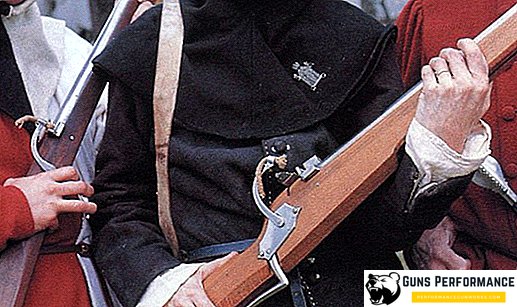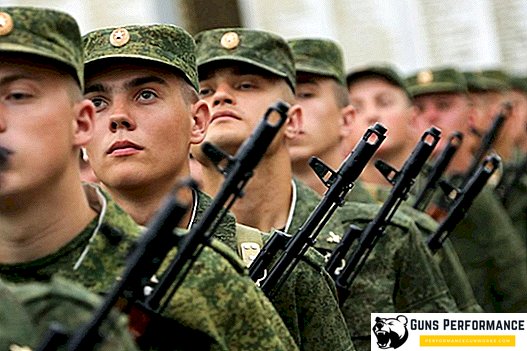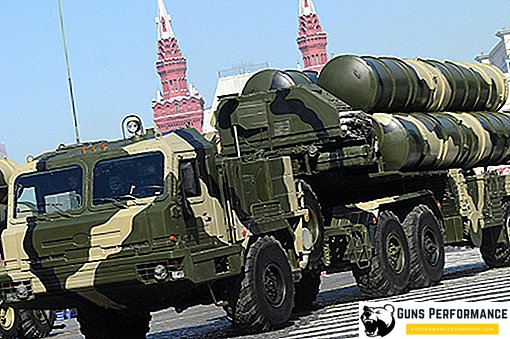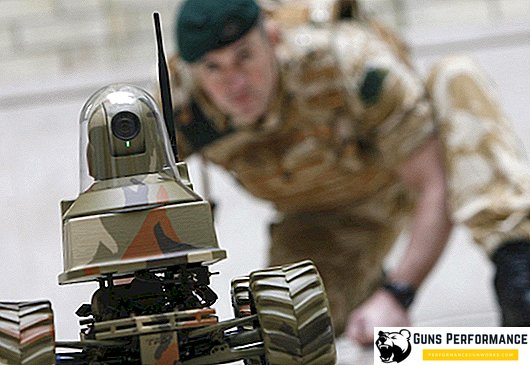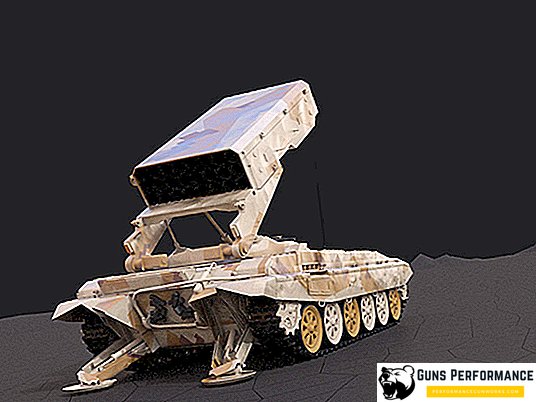The first diplomatic relations between the two countries began by historical standards not too long ago. Be that as it may, both countries are distinguished by a distinctive culture, an interesting centuries-old history and can find many points of contact. But, unfortunately, today the Kuril Islands are such a point. What is the essence of the problem, if in brief?
First contacts
For the first time, two peoples learned about the existence of each other by pure chance. In 1697, the expedition of Cossack Pentecostal Vladimir Atlasov picked up a Japanese shipwrecked. The unfortunate man was brought in by the bright eyes of Peter I. It is not known for sure how the conversation proceeded during the highest audience, but the Russian autocrat soon ordered the “School of Japanese Language” to open in the capital (St. Petersburg). He taught in her the most rescued Japanese named Dembay. It is not known what the success of a sailor in the teaching field was, but his distant homeland clearly aroused interest among the Russian tsar. How else to explain that he ordered to find a sea route to Japan, and in 1739 this goal was achieved. The ships of the Russian fleet approached the shores of the Japanese provinces of Ava and Rikuzen. In this way, in the island nation, we learned about the existence of a neighbor, Orosii.
By the way, the Japanese transcription of the name of the Russian state for quite a long time remained a real headache for diplomats, which was even reflected in one of the books of B. Akunin. The name of the new-found neighbor of Japan was designated in this country by two hieroglyphs - "Ro-Koku", and this literally could also mean "Country of Fools" or "Fool's Country." Diplomats of the Russian Empire broke off more than one spear in order to persuade Japanese officials to use a more harmonious hieroglyph in our understanding. Whether these efforts have been crowned with success is not known for certain.
Relationship start year
But this was much later, and since the time of Peter the contacts of Russia and Japan were for the most part episodic. For example, the Japanese helped the Russian trappers (the so-called fur-animal hunters) return home in Okhotsk after a shipwreck. Together, they built a ship on which it became possible to reach the home port of Russian travelers. The Japanese, who once came to the whim of an incident in Russia, had to go all the way to Empress Catherine II in order to return home. The autocrat "gave the go-ahead", and in 1792 the sons of Yamato saw their native shores.
This date is considered the beginning of Japanese-Russian relations. But they were generally sluggish. Readers interested in the history of Russian-Japanese relations are advised to read an interesting and informative book, Captain Golovin's Fleet Notes on Adventures in Captivity of the Japanese, by the Russian captain, head of the sea expedition, V. Golovin. Pushkin once admired this book.

The most important for Russian-Japanese relations was the year 1855, when E. Putiatina visited Japan. As a result of the negotiations, the first in the history Russian-Japanese diplomatic agreement (Simodsky treatise) was signed. The first article of the document read: "Henceforth, may there be permanent peace and sincere friendship between Russia and Japan." According to the Shimoda Treatise, the border between the countries passed along the islands of the Kuril Ridge Iturup and Urup, while Sakhalin remained undivided. In the Petersburg treatise of 1875, in exchange for Russia's assignment of rights to the entire Sakhalin island, Japan received rights to all the Kuril Islands. All the more unexpected for Russia was the first war with Japan, which broke out at the beginning of the 20th century.
First Russian-Japanese War

On January 27, 1904, the old-style Japanese naval forces unexpectedly attacked Russian ships in the Port Arthur roadstead. To aid the besieged city and the blocked port, a new squadron was urgently formed, sent to the Far East in a very close way - skirting the young extremity of the African continent. As a result, despite the massive heroism of Russian sailors and soldiers of land forces, Port Arthur fell, and the Second Pacific Squadron was defeated by the Japanese fleet in several battles of the Tsushima battle.
Many military historians involved in this period call this conflict the only defeat of the Russian fleet in the entire history of its existence. Anyway, Russia has lost about 1 million human lives and part of the Far Eastern territory. According to the results of hostilities under the control of Japan, South Sakhalin retired. Even such a short (1904-1905) war strongly bloodied both powers, therefore their governments were mutually interested in the early conclusion of peace.
In particular, according to the Portsmouth Peace Treaty concluded in 1905, Russia partially lost ground in the Pacific Ocean, and the connection between Vladivostok and Kamchatka and Chukotka was in question. This served to strengthen the flow of Japanese to the territory of Russia. Often there have been cases of indiscriminate poaching both on land and on water. Of course, this could not but cause a deterioration in relations between the countries. Anyway, if you try to graphically depict the amplitude of their development, you get a fancy curve in time. Starting as quite correct, the relationship repeatedly changed the polarity.
Russia and Japan in the years of Soviet power
During the end of the First World War and the revolution that broke out in Russia, Japan was seriously preparing to seize Kamchatka and most of the Far East, but in 1922 the new government of workers and peasants convincingly showed the ambitious Japanese government that it was not worth it. Military analysts of the time predicted that such a lull would be very brief - and so it turned out. In 1931, the Japanese army captured Manchuria. True, the sons of the Rising Sun did not take into account that after 1917 the military potential of the USSR grew somewhat, and as a result they lost the battles at the Khalkhin Gol River and Lake Hassan in 1938-39.

The aggression of Japan caused a wide foreign policy resonance. The then head of the USSR I. Stalin understood perfectly well that sooner or later he would have to deal with the claims of Japan on the territory of the Soviet Union. The fact that the USSR was going to declare war on Japan almost immediately after the end of the Great Patriotic War was recorded in the minutes of the Potsdam, Tehran and Yalta conferences. True, as a result of another one - the San Francisco Conference, Japan, as the loser in World War II, abandoned its territorial claims.
In January 1955, Japan’s Prime Minister Hatoyama pointed out that “Japan needs to normalize relations with the Soviet Union. In accordance with this, on June 3, 1955, official negotiations between Japan and the USSR began in the USSR Embassy in London, aimed at concluding a peace treaty and restoring diplomatic and trade relations. To commemorate this, it was proposed to transfer the Kuril Islands and South Sakhalin to Japan. The then leader of the country Nikita Khrushchev was close to finding a compromise. Say, the Kuril Islands are too close to the Japanese, it needs to be taken into account, but such a gesture of goodwill did not find a practical response in the hearts of the Japanese political elite: the descendants of the samurai insisted — either all or no peace agreement — so the problem of the Kuril Islands remains unresolved to this day.
Modernity

The recent history has not brought clarity. The first and last president of the USSR, M. Gorbachev, arrived in Japan in 1991 with a two-day visit, but did not succeed in resolving territorial contradictions. However, their very presence was recognized at the official interstate level. On the Soviet initiative, a visa-free entry of Japanese citizens into the Southern Kuriles was established. In response, the Land of the Rising Sun blocked the delivery of economic assistance to the collapsing USSR. Today, the problem of disputed territories has been raised in the media more than once, but, like many decades ago, remains unresolved.



